Policies & Procedures (SOP & Process Flows)
Standard Operating Procedures (SOPs) are detailed step-by-step instructions or guidelines that outline how specific tasks or processes should be carried out within an organization. They provide a standardized approach to ensure consistency, efficiency, quality, and safety in the execution of routine operations.
Key features of Standard Operating Procedures include:
Purpose
Each SOP should have a clear purpose statement, describing the objective or goal of the procedure. This helps users understand why the procedure is important and what outcomes are expected.
Scope
SOPs define the boundaries of the procedure by specifying the activities, processes, or tasks that are covered. This helps users understand when and where the procedure should be applied.
Roles and Responsibilities
SOPs typically outline the roles and responsibilities of individuals or departments involved in executing the procedure. This ensures that everyone understands their specific duties and accountabilities.
Step-by-Step Instructions
SOPs provide detailed instructions on how to perform each step of the procedure. This includes specific actions, sequences, timeframes, and any necessary resources or tools. The instructions should be clear, concise, and easy to follow.
Safety Considerations
SOPs often include safety precautions or guidelines to ensure the well-being of employees and compliance with relevant health and safety regulations. This may include wearing personal protective equipment, handling hazardous materials, or following specific protocols to minimize risks.
Quality Control and Assurance
SOPs may incorporate quality control measures to ensure that outputs meet predefined standards. This can involve regular inspections, checks, or tests at various stages of the procedure to verify compliance with quality requirements.
Document Control
SOPs should be properly documented, maintained, and controlled to ensure version control and accessibility. They may be stored in a central repository, such as a document management system, and should be regularly reviewed and updated as needed.
SOPs are commonly used in industries such as manufacturing, healthcare, pharmaceuticals, aviation, and food services, where standardized processes are critical for safety, quality, and regulatory compliance. They help organizations achieve consistency, reduce errors, improve training and knowledge transfer, and facilitate continuous improvement.
Creating effective SOPs involves collaboration among subject matter experts, process owners, and relevant stakeholders. It’s important to regularly review and update SOPs to reflect changes in processes, technologies, regulations, or best practices. Additionally, SOPs should be communicated to employees through training sessions, manuals, and other appropriate channels to ensure understanding and adherence.
Overall, SOPs provide a structured framework for organizations to ensure that tasks and processes are carried out in a consistent and efficient manner, contributing to operational excellence and achieving desired outcomes.

